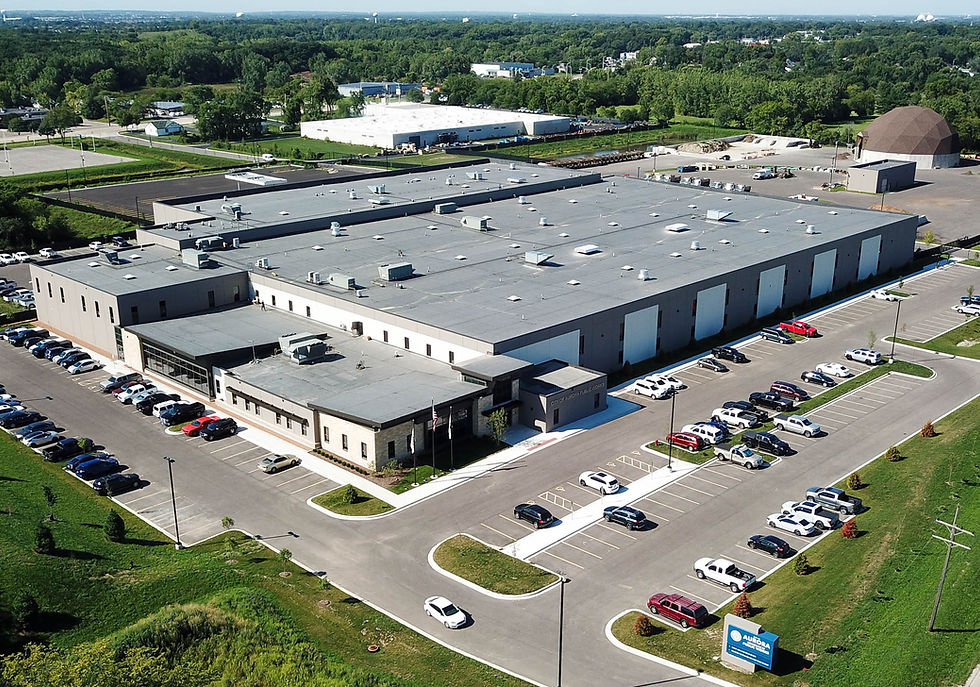The Advantages of Precast Concrete for Commercial Buildings
- Dukane Precast
- Dec 7, 2022
- 2 min read
Precast concrete is a construction material that is commonly used in the construction of commercial buildings. It is a type of concrete that is cast into a mold at a factory and then transported to the construction site to be used in the building.

Precast concrete is a construction material that is commonly used in the construction of commercial buildings. It is a type of concrete that is cast into a mold at a factory and then transported to the construction site to be used in the building.
One of the major advantages of precast concrete for commercial buildings is its speed of construction. Because the concrete is cast at a factory, it can be produced quickly and efficiently. This means that precast concrete can be used to speed up the construction process, allowing commercial buildings to be built faster and with less disruption to surrounding businesses and residents.
Another advantage of precast concrete is its durability. Precast concrete is a strong and long-lasting material that can withstand the wear and tear of daily use in a commercial building. This means that precast concrete can help to extend the life of a building and reduce the need for costly repairs and maintenance.
Precast concrete is also a versatile material that can be used in a wide variety of applications in commercial buildings. It can be used to create structural components such as beams, columns, and walls, as well as non-structural elements such as flooring, cladding, and facades. This versatility means that precast concrete can be used in a wide range of commercial buildings, from office buildings and retail spaces to hotels and hospitals.
In addition to its speed, durability, and versatility, precast concrete is also a sustainable construction material. It can be made using recycled materials, and the production of precast concrete generates less waste than other construction methods. This makes precast concrete an environmentally friendly choice for commercial buildings.
Overall, precast concrete is an excellent choice for commercial buildings due to its speed, durability, versatility, and sustainability. It is a strong, long-lasting material that can help to speed up the construction process and reduce the environmental impact of a building.





Comments